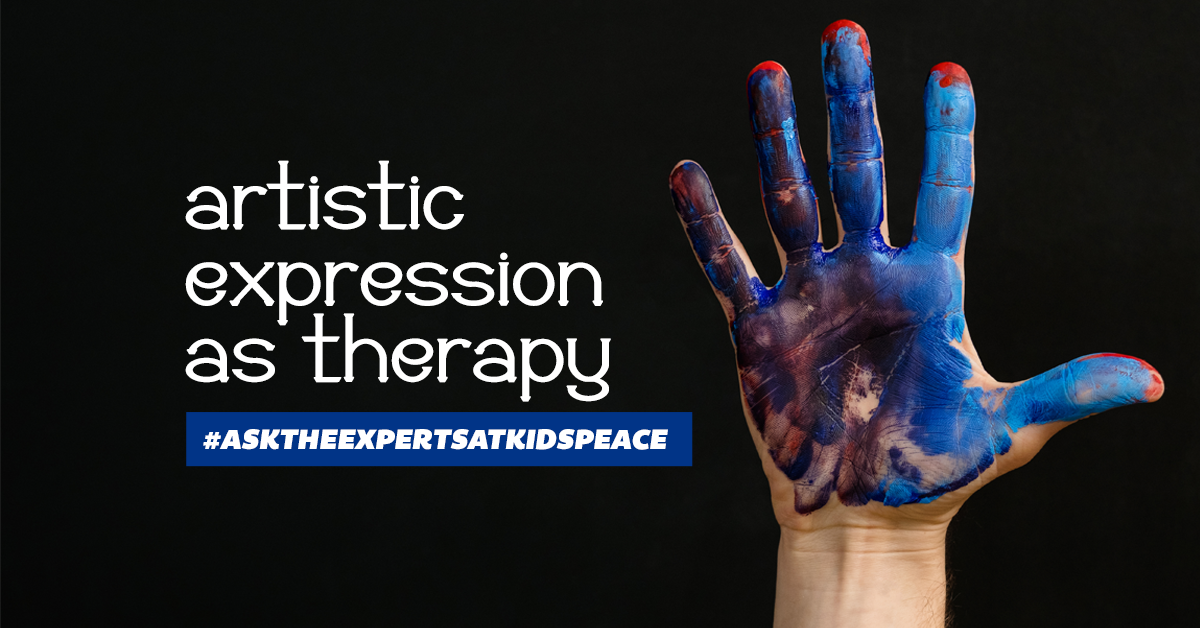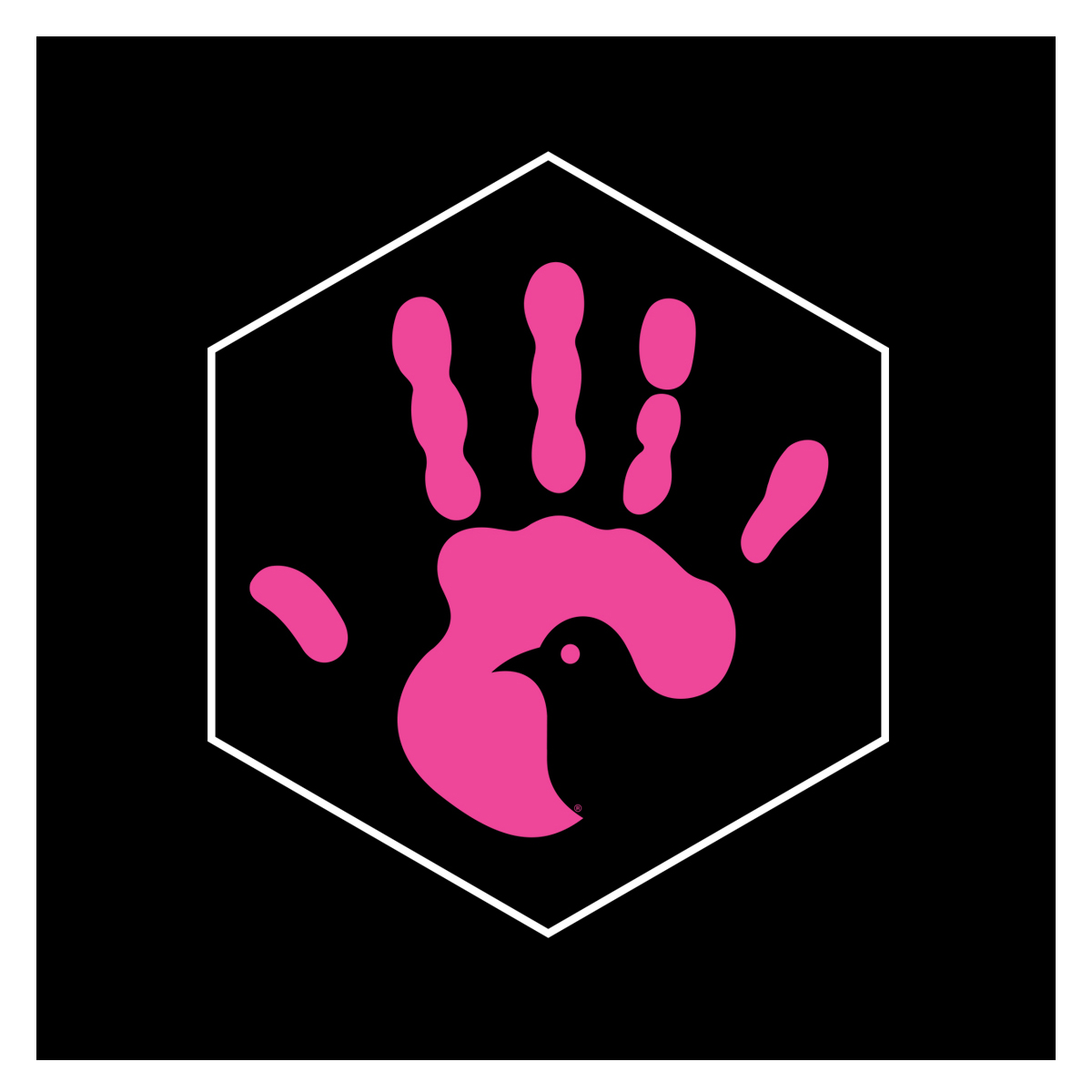
KidsPeace’s Stephanie Kerns responds to the question: “How can art be used as a tool to help troubled kids find healing?”
Traumatic and painful experiences have the ability to damage and significantly impair a person’s sense of self and how they view the world around them. The damage is expressed through the individual’s social and emotional responses and interactions with others. Both children and adults who have experienced significant pain, trauma, or loss, often encounter difficulties finding words to describe how they are feeling, and as a result, may emotionally withdraw from others. (These effects tend to be more noticeable in children and adolescents.)
Adding to the existing heartache, the inability to express themselves may leave them feeling isolated, lonely, depressed, anxious and hopeless. However, when they can find an outlet for these intense emotions, they are able to communicate, connect with others, and ultimately work through their pain and despair.
Some of the most effective and therapeutic coping skills come in different forms of artistic expression, in what are called “expressive therapies” – art therapy, dance and movement therapy, and music therapy, among others. These interventions help a person examine their body, feelings, emotions and thought processes tied to the adverse events with which they are coping. Expressive therapy has been proven to benefit both children and adults suffering from a wide range of stressors and experiences – including addiction, abuse, trauma, attachment and death.
Our youth at KidsPeace are often encouraged to find and practice different kinds of coping skills that work specifically for them. Because of the trauma many have experienced, and resulting difficulties in expressing their feelings verbally, youth are finding that artistic expression can be a very helpful tool in working through their pain.
What our children realize through this type of self-expression is that they don’t need to be particularly skilled in any specific art in order to utilize this outlet. Whichever form of art they choose, the shapes, colors, patterns, music and movements help them connect to their inner feelings. There is no judging of their expression, and nobody else needs to understand or interpret the art in order for it to provide relief. The simple act of tying internal emotions to outward expression becomes therapeutic in itself, and acceptance and validation from helping professionals is just the little encouragement they need to keep the progress moving in the direction towards healing.
Stephanie Kerns, M.A. is Director of Enrichment Services at KidsPeace’s residential treatment programs on its Orchard Hills Campus in Pennsylvania. To see an example of how artistic expression helped one child voice their sadness, click here to view link to Healing is a Process.



